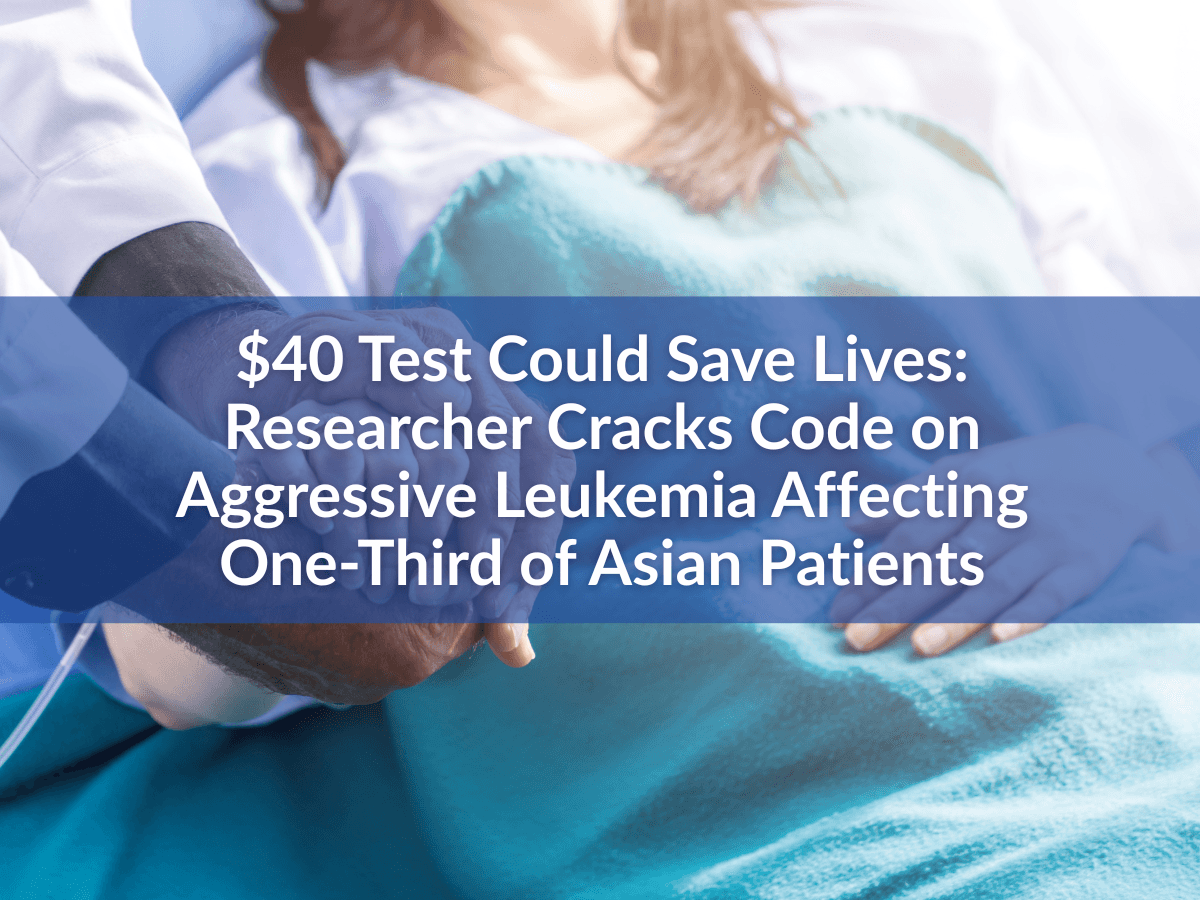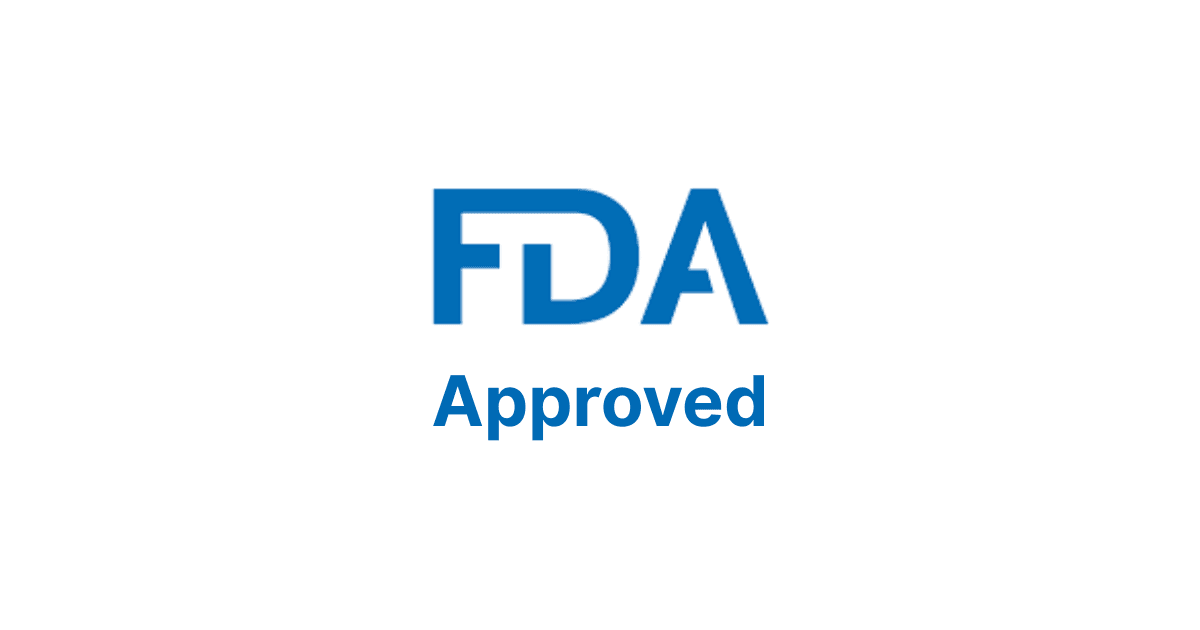
The Cancer News
AN AUTHORITATIVE RESOURCE FOR EVERYTHING ABOUT CANCER
Top 8 Takeaways on mRNA Cancer Vaccines and Personalized Immunotherapy Development

Explore the top takeaways on mRNA cancer vaccines, personalized immunotherapy, and key clinical trial findings from the 5th Binaytara Precision Oncology Summit, including advancements in neoantigen targeting and emerging applications beyond melanoma.
This article summarizes the transcript from Session 7 of the 5th Binaytara Precision Oncology Summit. It has not been reviewed by the speaker and may contain errors.

This session was chaired and moderated by Pamela Munster, MD (UCSF). The speaker, Dr. Chen Fu (Kaiser Permanente Vallejo Medical Center) discusses mRNA cancer vaccines and key clinical trial findings in the field.
Introduction: The Origins of Cancer Immunotherapy
The concept of cancer immunotherapy traces back to William Coley, who first invented immunotherapy and cancer vaccines. Dr. Coley was an orthopedic surgeon practicing in New York City who made a remarkable observation: some of his osteosarcoma patients who developed sepsis after surgery experienced tumor shrinkage. Following what seemed logical at the time, he deliberately induced sepsis by creating a preparation containing Serratia, placing it in a vial, and injecting it into patients. While this caused sepsis and led to some tumor responses, the ethical implications of such an approach are clearly problematic by modern standards.
This early work laid the foundation for modern cancer immunotherapy. Dr. Lloyd Old, a more widely recognized figure in the field, built upon Coley's observations by exploring fundamental questions about the immune system's role in cancer control. This historical foundation ultimately led to the development of modern vaccine technology and established the foundational philosophy behind personalized vaccine technology.
1. mRNA cancer vaccines are therapeutic, not preventative
There is considerable misunderstanding about how cancer vaccines function. Many assume these are preventative vaccines, but they actually work as immunogenic vaccines designed to treat existing cancer. The fundamental structure of mRNA cancer vaccines consists of a lipid bilayer containing mRNA sequences. When administered, this mRNA flows into cells where it is translated and presented on MHC class molecules, ideally triggering recognition by multiple components of the immune system. The process can be simplified as: lipid bilayer filled with mRNA, translation occurs, antigens are presented, and immune-mediated killing happens.
The revolutionary aspect of mRNA vaccine technology lies in its modular design. These vaccines essentially consist of lipid bilayers, functioning as sophisticated multi-million dollar envelopes, filled with multi-million dollar genetic messages. The beauty of this platform is that the mRNA building blocks can be switched and customized at will. If a specific neoantigen needs to be presented on a cell, the corresponding mRNA sequence can simply be inserted into the lipid envelope. This flexibility represents the true promise of mRNA vaccine technology.
2. COVID-19 Accelerated the Affordability and Precision of mRNA Vaccine Technology
The COVID-19 pandemic significantly accelerated mRNA vaccine development in several critical ways. Most importantly, it made development considerably cheaper, which carries substantial weight in healthcare economics. Additionally, the pandemic drove improvements in algorithmic models used to predict which mRNA transcripts are truly neoantigenic. These enhanced in-silico models now provide better predictions about which sequences will effectively stimulate immune responses. The pandemic's most significant contribution may have been making this technology affordable and accessible for broader application in oncology.
3. Personalization of mRNA Vaccines Is Essential
The melanoma mRNA vaccine, produced by Merck using proprietary technology, provides an excellent example of how personalized cancer vaccines function. While the exact Merck manufacturing process remains proprietary, the general approach illustrates the key principles of mRNA vaccine production.
The manufacturing process begins with tumor tissue collection and analysis. The tumor is processed to identify which neoantigens are present. In melanoma, for instance, there can be over 60 different neoantigens, though typically only about five will provoke immune cell responses. Using computational analysis of the digested tumor tissue, researchers can determine exactly which neoantigens are expressed in each patient's individual tumor. This personalization is crucial because neoantigens vary from tumor to tumor and even from clone to clone within a single tumor. Simply giving a vaccine designed for a different tumor would provide no benefit.
Once the expressed neoantigens are identified and the corresponding mRNA transcripts are selected, these sequences are packaged into the lipid envelope and prepared for injection. The tumor tissue is essentially squeezed and analyzed to determine what antigens are on the surface, and this information is used to create a vaccine designed to elicit a targeted immune response.
4. Helper T cells Matter as much as Killer T cells
A pivotal study by Dr. Ott, published in Nature, has been extensively cited by researchers testing melanoma mRNA vaccines in clinical settings. This foundational work examined the immune system's response to vaccination in approximately six patients who initially received an mRNA vaccine. Four of these patients achieved durable, melanoma-free responses after vaccination, and blood samples collected throughout the treatment period revealed important insights about immune system activity.
One particularly interesting finding challenges conventional assumptions in immuno-oncology. There is a tendency in the field to focus intensely on CD8-positive cytotoxic T cell responses, the direct tumor-killing cells often romanticized as frontline soldiers. However, the data revealed that helper T cell responses actually augmented more significantly than cytotoxic T cell responses in patients who received the vaccine. This illustrates how the immune system functions as an integrated system rather than relying solely on direct killing mechanisms. The expanded CD4 T cell populations and their crucial supporting role demonstrate that effective anti-tumor immunity requires coordination across multiple immune cell types.
The vaccines also demonstrated the remarkable ability to augment responses against multiple different neoantigens simultaneously. Interferon gamma ELISPOT testing showed that following vaccine administration, multiple different helper T cell populations expanded, each recognizing distinct antigens. This broad immune activation represents a key advantage of personalized mRNA vaccines.
5. Keynote 942 Clinical Trial Showed Promising Results
Keynote 942, led by the late Jeff Weber, represented the first large-scale clinical trial testing this approach. The study compared a proprietary mRNA vaccine combined with pembrolizumab against pembrolizumab alone in the adjuvant setting. The results were remarkable: the combination approach worked. When additional antigenic targets were provided through vaccination, the immune system responded effectively. While the primary endpoint was progression-free survival (PFS), the signal toward improved response was significant and encouraging.
Toxicity profiles between the two arms were notably similar. There was a slight increase in immune-related adverse events (IRAEs) in the mRNA vaccine arm, as might be expected with enhanced immune activation, but rates of grade three or higher toxicities remained comparable between groups.
6. The Greatest Benefit May Be in "Cold" Tumors
Subgroup analysis from Keynote 942 revealed a particularly interesting finding. While most subgroups showed responses that crossed statistical significance thresholds, one group that demonstrated especially notable benefit was patients with low PD-L1 expression. In melanoma, PD-L1 testing is not routinely performed because no superior alternative treatment approach exists. However, the observation that patient populations with low PD-L1—those who might not endogenously elicit robust immune responses—appeared to benefit more from the vaccine combination is particularly remarkable.
This same pattern, with PD-L1-negative patients benefiting more than PD-L1-positive patients, was also observed in Keynote 942. This suggests that much of the differential advantage from adding mRNA vaccines to immunotherapy may occur in patients with immunologically "cold" tumors—those lacking baseline immune activation. The concept of "waking up the bear" in these cold tumors represents a significant opportunity for expanding the benefit of immunotherapy to previously non-responsive patient populations.
7. Multiple targets improve immune detection
In the adjuvant setting for melanoma, patients harbor micrometastatic disease, creating significant concern about disease recurrence. When checkpoint inhibition alone is administered, such as pembrolizumab, the immune system essentially faces the challenge of finding a needle in a haystack. There is legitimate concern about whether immune responses will be sufficient to prevent disease recurrence. Personalized cancer vaccines promise to augment these immune responses by providing multiple targets—essentially placing more needles in the haystack—making it easier for the immune system to identify and eliminate residual cancer cells. This principle holds promise for extending to other cancer types in the future.
8. Future Applications of mRNA Vaccines Extend Beyond Melanoma
Recurrence patterns showed generally lower rates in the mRNA vaccine group, though recurrences still occurred in both treatment arms. The key takeaway is that mRNA vaccines show particular promise for certain patient populations who may not be able to elicit sufficient endogenous immune responses. Patients with CNS-only disease represent one potential future application. The hope is that these principles can be translated to other tumor types, expanding the benefits of personalized cancer vaccination across oncology.
Follow-up studies continue to evaluate the true utility and mechanisms of mRNA vaccines. Questions remain about what these vaccines are actually achieving at the mechanistic level. Algorithmic models and computational predictions likely contribute significantly to success by identifying which mRNA sequences will prove most immunogenic. Identifying which neoantigens are truly immunostimulatory remains the fundamental challenge in vaccine development, paralleling the challenge faced during COVID-19 vaccine development: how to effectively stimulate the immune system to respond against a specific target.
The baseline immunogenicity of mRNA vaccines in general appears favorable enough that the approach is definitely worth pursuing. While cooperation between various pharmaceutical companies continues, and fundamental differences in computational models exist, the field continues to advance toward more effective personalized cancer vaccines.





